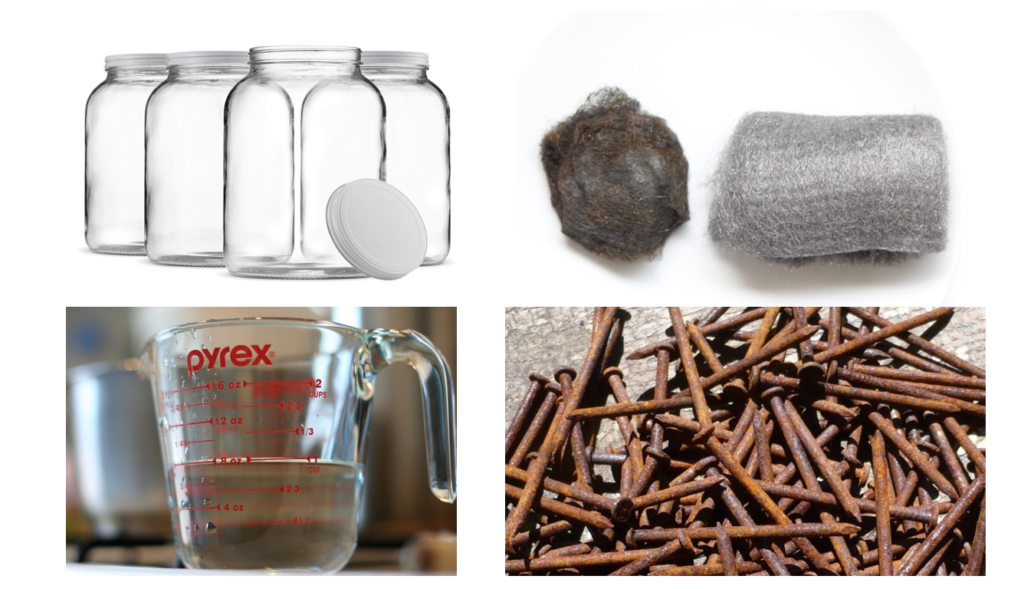

Alcohol stains are usually purchased in an aerosol can water stains are powdered, requiring mixing. Often sprayed on, penetrating-oil stains have the advantage that the next stage in the finishing process can begin within a few hours because they dry quickly. The turpentine-based varieties tend to penetrate into the grain, which means they must be applied quickly and very evenly. Turpentine-based, alcohol-based, and water-based stains are other options.They’re generally applied in a thick coat and allowed to dry until the stain begins to lose its glossy appearance then the excess is wiped off with a cloth. Linseed-oil stains are wiped on, become opaque when dry, and mix well with pigments. This grouping tends not to penetrate the wood, but to remain on its surface. Linseed-oil based stain is perhaps the classic variety of stain.The stain goes on as a liquid, the solvent evaporates, and the stain dries. There are various kinds of stains that are distinguished by the vehicle or solvent in which the color is suspended. Some combination products are sold in which a stain and a sealer are applied to the wood at one time.

In general, stains are applied first, and are often followed by sealers or varnishes. Stains can highlight the grain, lighten or darken the natural tones, or change them altogether. In fact, stains are not technically a finish because a simple stain requires a coat (or coats) of varnish or another finish on top to protect the wood. As the name suggests, stains are coloring agents that are used to change the color or shade of the wood.


 0 kommentar(er)
0 kommentar(er)
